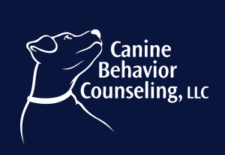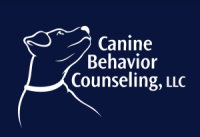I am often called to a home where a dog has nipped or bitten a child. Parents often admit they have punished the dog for growling in the past. Not all our dogs have grown up with children and some are worried. When there is a language barrier between two species, communication is often misunderstood and conflict can easily follow.

A three year old running at a dog with an object in his hand can be scary. How many times does your dog have to get up and move away to keep himself out of trouble before someone slows down the noisy moving child?
If by noon, the dog has looked away three times, offered a few tongue flicks, turned his head away five times and gotten up from his resting place four times to avoid conflict with the little tornado, then on the twelth time he may give a growl. I can not tell you how tolerant a dog should be, but I can tell you that they all have a threshold or a breaking point just like we humans do. I hope you recognize the growl as a low level warning that your dog is asking for space, and please do NOT punish the warning growl. In the future, I guarantee you would prefer your dog growl as a distance cue rather than use his teeth!
What other pet animal is so tolerant of children? Bunnies will squeak a warning and nip, cats will hiss and claw out, hamsters have also learned that nipping gets them safely back in their cage.
I am happy to report that many moms have asked me to speak to their children as a way to educate the child on how the dog is “feeling” when they are near. While some dogs enjoy having kids around, clearly others do not. Our responsibility is to step in and help our dogs feel safe so they do not have to resolve the conflict alone.

If you live or work with children, it is especially helpful for you to know your dogs signals that he or she may be feeling worried. That way you can intervene so that your dog never has to growl or nip, or reach his or her threshold point.
I am certain that the dogs in the above photo, who are being fed by the young girl in the stroller, are feeling pretty good being fed by a child that is not running around. However, if she were to get out of the stroller and run at these dogs, they would not feel the same way and one of them would need to be removed to keep him from hitting his threshold. With lots of positive associations and yummy treats, both these dogs can learn to enjoy children running around them.
So please, if you observe a dog feeling worried about a child moving nearby, remove either the child or the dog so that the dog is feeling safe and the dog does not get into trouble. An ounce of knowledge can go along way to helping both dogs and children grow up together in a positive way.

